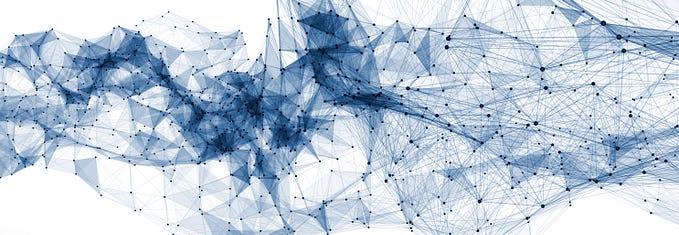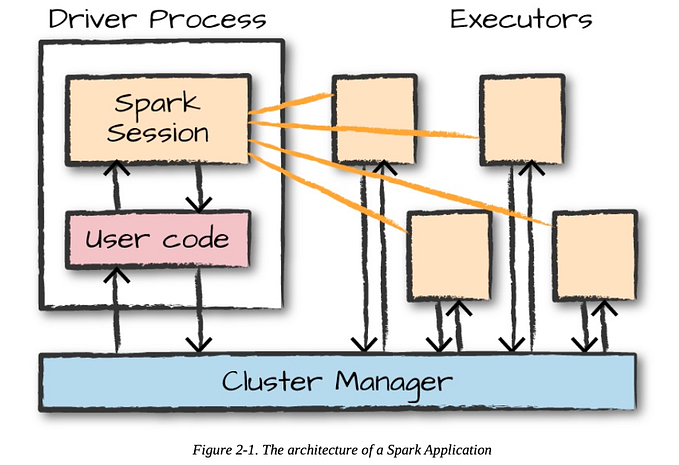Member-only story
How to detect if someone is attempting to crack your Wi-fi
Wi-Fi is a fundamental access medium to the internet (read: “World”) nowadays, I don’t think most people think too much about its security or the importance it has when they’re accessing their personal banking information or even work data, with current’s remote from work prevalent policies.
This technology however is permeated with risks and threats, most of which people are not aware and, again, don’t think about when using it.
Of course you must know and follow guidance to always be on the VPN when connected to Wi-Fi. I hope you know the importance of it. If you don’t or if you would like a reminder, here’s some food for thought.
./theIssue
Wireless Cracking is a fundamental skill of pentesters and even some curious techies. It’s a very popular attack method, here are some reasons why:
- It’s Easy to perform
It’s incredibly easy to perform in terms of gear, software and skill. There are just so many tutorials that I see no need to explain any of steps for it. I’m sure if you search on medium you’ll find great tuturials — and even better on Youtube with the added benefit of video walkthrough.
It’s then possible that some newbies would attempt to use this in the real world despite its illegality, and, clear breach of use of someone else’s network (despite what their network Acceptable Use Policy says, if it ever does say while connecting even).
2. It’s hard to detect
Couple this with the fact that attempting such act is almost entirely unnoticeable for most people, and still somewhat hard to detect to techies that are not specifically looking for it.
It’s hard to detect because attackers just need to be in range of your network wi-fi to perform the attack.
To summarize the issue, as far as a non-pentester like me can see it, Cracking wi-fi is relatively easy it requires:
- Being within reach of the network
- Scanning for networks
- Identifying the target network
- Start logging all data travelling through the air
- Performing DDoS to capture handshakes…







